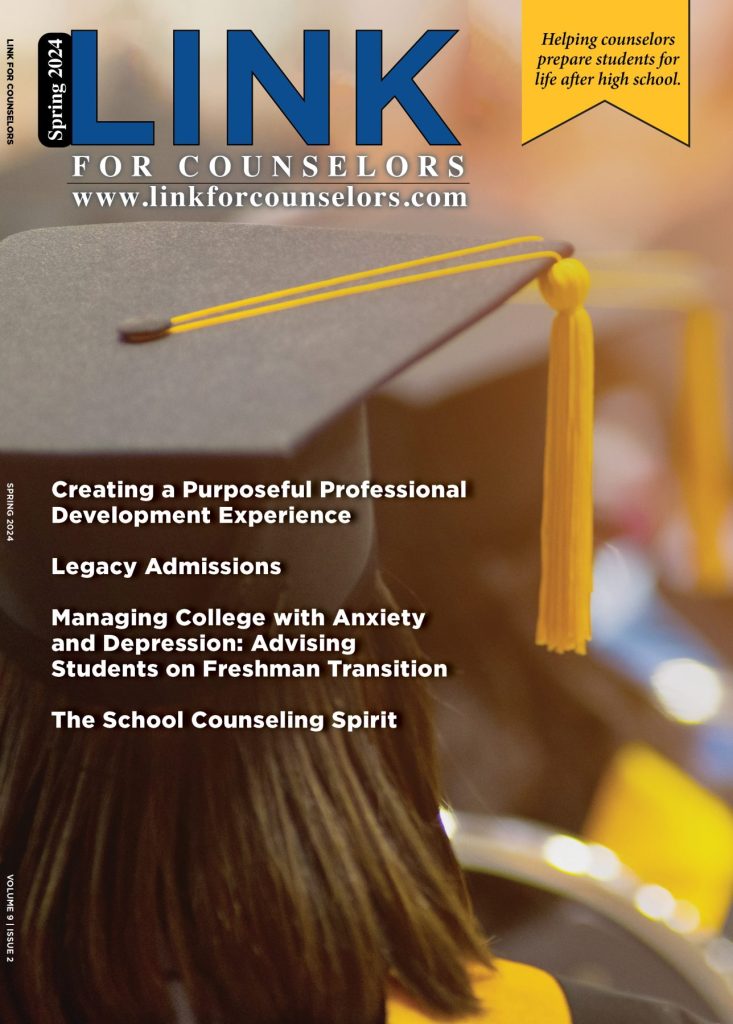5 Misconceptions About College Aid
Morningstar.com recently published a nice list of 5 misconceptions about College Aid. Here are their tips your students can use:
According to government estimates, an estimated 2 million students who are enrolled in college and would be eligible for a Pell Grant never applied for aid.
Let that sink in for a moment–2 million students passed up thousands of dollars of free money from the government, and that’s only students who were enrolled in college! Undoubtedly there were many, many more eligible people who didn’t even apply to college, perhaps because they weren’t aware this type of funding was available or didn’t know how to take advantage of it.But it’s true that the higher your family’s income is, the lower your chances of receiving this type of federal grant. According to the College Board, three fourths of Pell Grant recipients (dependent students) came from families with incomes below $40,000 in 2013-14.But the Pell Grant isn’t the only reason to fill out the FAFSA. Information submitted on the FAFSA can qualify your child for other types of nonfederal grants–from state governments, private entities, and colleges themselves–that are available to students from higher-income households as well. Even some merit-based scholarships offered by colleges and universities require applicants to file the FAFSA. Thus, many college planning experts recommend that students from higher-income households also fill out the FAFSA (or, if your college instructs you, the CSS/Financial Aid PROFILE form).
 Mistake Number 2: Ruling out federal student loans.
Mistake Number 2: Ruling out federal student loans.Filling out the FAFSA will also determine your child’s eligibility for subsidized and unsubsidized federal student loans. Although some private student loans may advertise lower rates, further investigation is warranted. For instance, if that low advertised rate is a variable rate, that means there is a possibility that the base rate (and therefore the monthly payment) will increase over the life of your loan, sometimes by a large percentage. Also, the lowest advertised rates may not be available to borrowers with low credit scores or a lack of credit history.In contrast, federal student loans offer low fixed rates for the life of the loan, and rates are not based on a borrower’s credit. For undergraduates, the interest rates on subsidized and unsubsidized Direct loans is currently 3.76% (for loans disbursed between July 2016 and July 2017). For subsidized Perkins loans, the rate is 5%. (These rates are reset each July, based on current market interest rates.) There is a big benefit to subsidized loans, such as subsidized Stafford or Perkins loans: The U.S. Department of Education pays the interest for you if you’re in school at least half time and for a limited grace period after you leave school. This makes subsidized loans a better deal for the borrower than other types of loans, where interest begins to accrue immediately. Subsidized loans are available to students with a financial need, and there are limits to how much a student is eligible to borrow each academic year.Another option is unsubsidized Stafford loans, which are available to all students regardless of financial need and have a low fixed interest rate (currently 3.76% for an undergrad) that is not based on the borrower’s credit. Though the limits are higher than with subsidized Stafford loans, there are also limits to how much a student is eligible to borrow each year with unsubsidized Stafford loans. (This is also cheaper than the Parent PLUS loan, which has a 6.31% interest rate.)Mistake Number 3: Assuming that filling out the FAFSA is too much trouble.
The FAFSA takes the average student around 25 minutes to fill out, according to the U.S. Department of Education’s Federal Student aid website. Even if that’s an optimistic estimate, the form costs nothing to fill out, and it could be well worth the time spent if it saves your family money.Also, some new federal rules have been implemented with the aim of making it easier to fill out the form. For one, the window for filing the FAFSA is now three months longer for the 2017-18 school year–Oct. 1 to June 30. This month, students can file for the FAFSA for the 2017-18 school year; in prior years the application period opened Jan. 1. This schedule will apply every year going forward as well, and it better aligns with colleges’ admission application deadlines. Another change allows students to use “prior-prior-year” income, as opposed to prior-year income. This is not as complicated as it sounds, and the upshot is that you don’t have to wait until your family’s tax returns are filed that year in order to complete your FAFSA. So, you could submit the form for the 2017-18 academic year right now, using 2015 income reported on your tax return filed in 2016, rather than waiting until mid-April 2017 to get your 2016 income figure. (Before, families would have to wait to submit the FAFSA until after they had filed their income taxes to get their household’s prior-year income figure. Or they would submit the FAFSA with an estimated income figure, and then go back and update the form with the finalized income figure.)Also, many users will be able to pull in their family’s tax information directly from the IRS using the IRS Data Retrieval Tool. The benefit of using this tool is that data are transferred directly from the IRS and automatically populate the form, which saves time and ensures greater reporting accuracy. In addition, according to the IRS, using the tool reduces the likelihood that the school’s financial aid office will select your form for verification (wherein the student’s family would be required to supply additional documentation for the information reported on the FAFSA).Mistake Number 4: Waiting too long to fill it out.
Don’t procrastinate. Though it’s tempting to focus on the FAFSA’s June 30 deadline and think there’s no rush to complete it, the FAFSA website says that because many states and colleges have earlier deadlines for applying for state and institutional financial aid, it is highly recommended that you fill out the form as soon as you can to ensure that you don’t miss out on any aid.
Mistake Number 5: Forgetting to fill it out every year.
Filling out the FAFSA is not a one-and-done affair, because eligibility for student aid does not carry over from one academic year to the next. Further, variables such as your family’s income level in a given year and the number of family members enrolled in college at the same time will affect the amount of aid a student is eligible to receive. Therefore, you need to file the FAFSA for every academic year. (To save time, check the FAFSA Renewal button, which will populate the form using information reported on previously submitted forms.)




